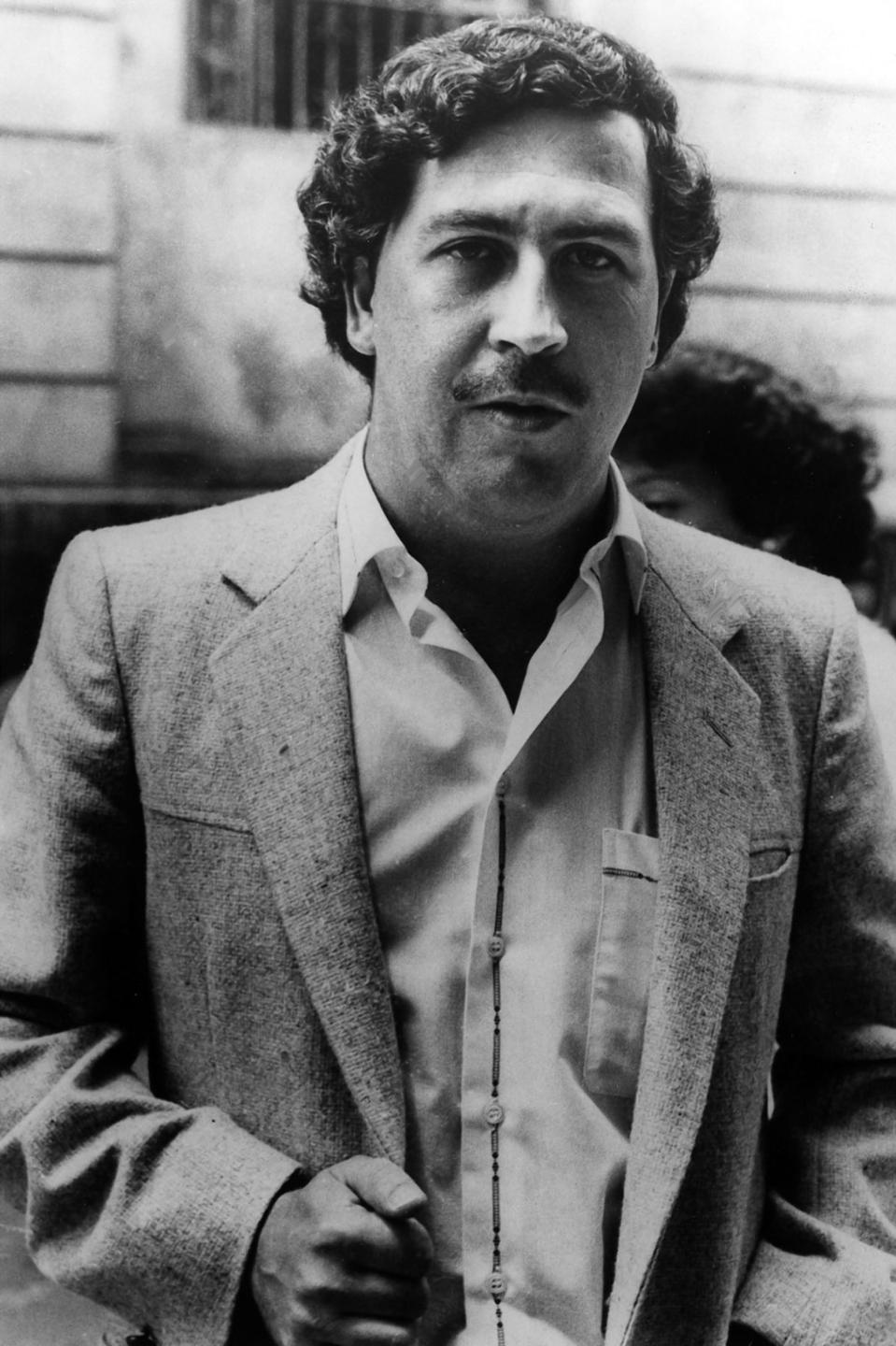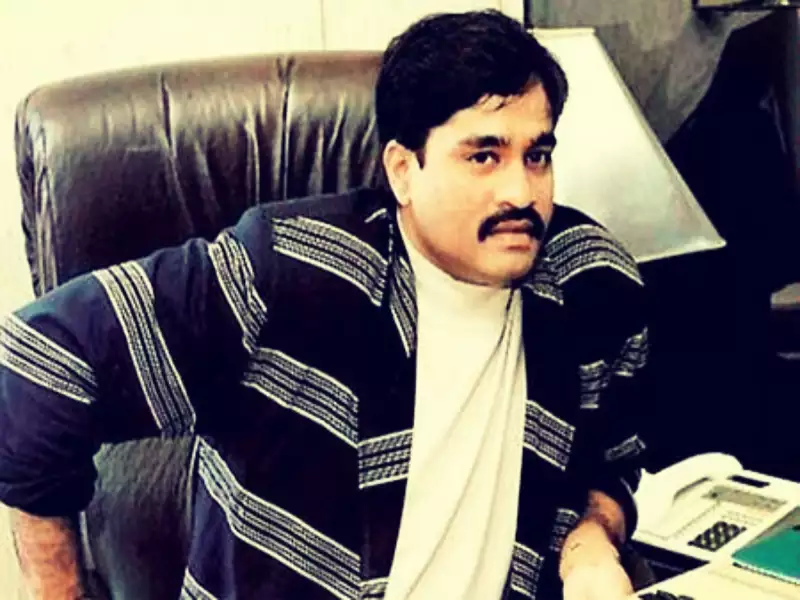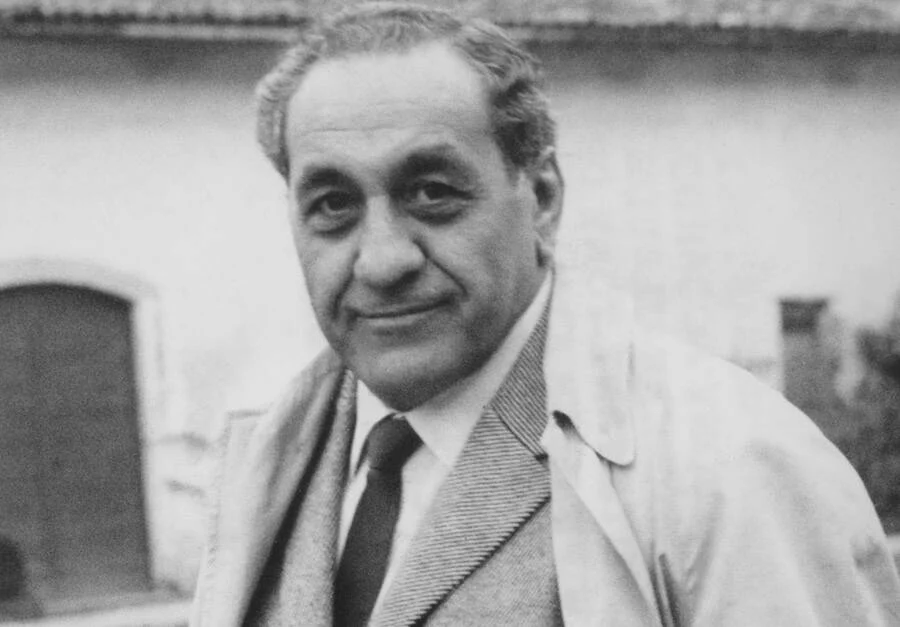The criminal underworld has seen many figures of notoriety rise through its ranks, from bootleggers of the Prohibition era to modern-day drug lords. Here’s a look at over 20 of the most infamous gangsters and mobsters, whose legacies of crime and power continue to fascinate the world.
Who Were These Infamous Figures?
These criminals commanded vast empires, engaging in activities like racketeering, drug trafficking, murder, and extortion. Their stories, often glamorized in popular culture, serve as stark reminders of the dark side of ambition and power.
1. Al Capone

Known as “Scarface,” Al Capone’s reign during the Prohibition era made him one of the most famous gangsters in American history. His criminal enterprise in Chicago included illegal gambling, alcohol, and prostitution. Perhaps the most iconic gangster in American history, Al “Scarface” Capone ruled Chicago with a mix of charisma and cruelty, becoming synonymous with the lawlessness of the Prohibition era. Despite his notorious involvement in the Saint Valentine’s Day Massacre, Capone’s downfall came from tax evasion, leading to his imprisonment.
2. Pablo Escobar

Dubbed “The King of Cocaine,” and also known as “El Patrón,” Escobar was the wealthiest criminal in history. His Medellín Cartel dominated the cocaine trade in the United States in the 1980s and early 1990s. Colombia’s “King of Cocaine” led the Medellín Cartel, turning drug trafficking into a global enterprise and becoming one of the world’s wealthiest and most feared men. At the height of his power, Escobar was responsible for an estimated 80% of the cocaine smuggled into the United States. His reign was marked by wealth and violence until he died in a police shootout in 1993. At the height of his power, Escobar was responsible for an estimated 80% of the cocaine smuggled into the United States.
3. John Dillinger

An American bank robber, Dillinger’s charm and daring prison escapes during the Great Depression era captured the public’s imagination, making him a folk hero to some. Dillinger’s daring heists and escapes made him a folk hero to some and Public Enemy No. 1 to the FBI. John Dillinger became a symbol of defiance during the Great Depression. His criminal career ended when he was gunned down by agents outside the Biograph Theater.
4. Joaquin “El Chapo” Guzman

El Chapo, leader of the Sinaloa Cartel, is perhaps the most notorious drug trafficker of the 21st century. Famous for his two dramatic prison escapes, Guzman was eventually extradited to the United States, where he was sentenced to life in prison.
5. Meyer Lansky

Known as the “Mob’s Accountant,” Lansky was instrumental in the development of the National Crime Syndicate, showcasing a keen mind for finances and gambling operations. Lansky’s financial genius helped build the network of organized crime in the United States.
6. Bugsy Siegel

Siegel’s charm and ruthlessness helped establish Las Vegas as a gambling and entertainment mecca, but his lavish spending led to his downfall. He was pivotal in the development of Las Vegas by building The Flamingo, one of the first casinos and hotels on the Strip.
7. Lucky Luciano

Charles “Lucky” Luciano is credited with creating the modern American Mafia and setting up the “Five Families” that would dominate organized crime in New York City.
8. Frank Costello

Dubbed the “Prime Minister of the Underworld,” Costello was a powerful and influential mafia boss who preferred negotiation to violence.
9. John Gotti

Known as “The Teflon Don” for his ability to avoid conviction, Gotti was the flamboyant boss of the Gambino crime family in New York City. The “Dapper Don” brought a high-profile flair to mob leadership, making him one of the most famous bosses of the Gambino family.
10. Carlo Gambino

Gambino was a quiet but ruthless mobster who led the Gambino crime family and was known for keeping a low profile. Gambino’s crime family was one of America’s most powerful mob bosses, known for his powerful influence.
11. Sammy “The Bull” Gravano

As an underboss of the Gambino family, Gravano helped bring down John Gotti by becoming a government witness.
12. Whitey Bulger

James “Whitey” Bulger led the Winter Hill Gang in Boston, becoming one of America’s most wanted fugitives before his late-life capture. Bulger was also an FBI informant, a double life that inspired films and books.
13. Bonnie and Clyde

Bonnie Parker and Clyde Barrow were notorious outlaws, robbers, and criminals who traveled the Central United States during the Great Depression. They were a notorious criminal couple, robbing banks and small businesses during the Great Depression.
14. Stephane St. Clair

A key figure in Harlem’s numbers rackets, “Madam Queen” battled against mob incursions into her territory with fierce tenacity. Stephanie St. Clair, the “Queen of Harlem,” emerged as a powerful figure in the 1920s by dominating the numbers game. Born in Martinique in 1886, she moved to New York and built a criminal empire that also served to support and defend her community. St. Clair fiercely resisted the Mafia’s encroachment, standing up for Harlem’s residents and advocating for civil rights. Her legacy endures as a symbol of defiance and empowerment, challenging societal norms until death in 1969.
15. Jesse James

A legendary figure of the Wild West, James was known for his bank and train robberies.
16. Ellsworth “Bumpy” Johnson

The “Harlem Godfather,” Johnson was a key figure in the New York criminal underworld, combining community advocacy with his criminal enterprises. Johnson was the main mobster in Harlem, known for his intellect and the respect he commanded in the underworld.
17. Frank Lucas

Lucas was a powerful drug lord in Harlem who imported heroin into the United States on a large scale in the 1960s and 1970s. He revolutionized drug trafficking with his direct heroin imports from Southeast Asia, immortalized in the film “American Gangster.”
18. Dutch Schultz

A ruthless mobster who made his fortune in the prohibition era through bootlegging, extortion and the numbers racket.
19. Griselda Blanco

Known as “The Black Widow,” Blanco was a drug lord for the Medellín Cartel, responsible for up to 200 murders.
20. Vito Genovese

A mobster who played a major role in the American Mafia, Genovese was instrumental in the development of the National Crime Syndicate in the United States. A ruthless leader, Genovese’s name is still synonymous with the Genovese crime family, one of the most powerful in the United States.
21. Dawood Ibrahim

The only modern international gangster on this list, Ibrahim is accused of heading a vast and global illegal empire in India. He’s wanted on charges ranging from murder to terrorism and is a designated global terrorist. Alleged mastermind behind the 1993 Bombay bombings, Ibrahim leads the D-Company, a criminal syndicate operating in India.
22. Tony Accardo

Nicknamed “Big Tuna,” Accardo had a long and successful career in organized crime, eventually becoming the boss of the Chicago Outfit.
FAQs
Who was the most feared gangster of all time? While fear is subjective, Al Capone is often cited as one of the most feared gangsters due to his violent reign during the Prohibition era.
How did gangsters rise to power? Gangsters often rose to power through a combination of business acumen, ruthlessness, and the ability to exploit the illegal opportunities of their time, such as Prohibition-era bootlegging or modern drug trafficking.
Are there any famous female gangsters? Yes, Griselda Blanco, known as “The Black Widow,” was a notorious drug lord of the Medellín Cartel and a pioneer in cocaine trafficking in Miami.
How do gangsters influence modern culture? Gangsters have significantly influenced modern culture through movies, music, and literature, often being romanticized as anti-heroes or tragic figures battling against the odds.
Why are people fascinated by gangsters? The appeal often comes from their rebellious against societal norms, their rags-to-riches stories, and the dangerous, yet glamorous lifestyle they’re perceived to lead.
How did gangsters influence their communities? While some gangsters, like Pablo Escobar, were seen as Robin Hood figures, their criminal activities often brought violence and disruption to their communities.
What impact did Prohibition have on the rise of gangsters? Prohibition created a lucrative black market for alcohol, allowing gangsters like Al Capone to amass wealth and power by controlling the supply.

